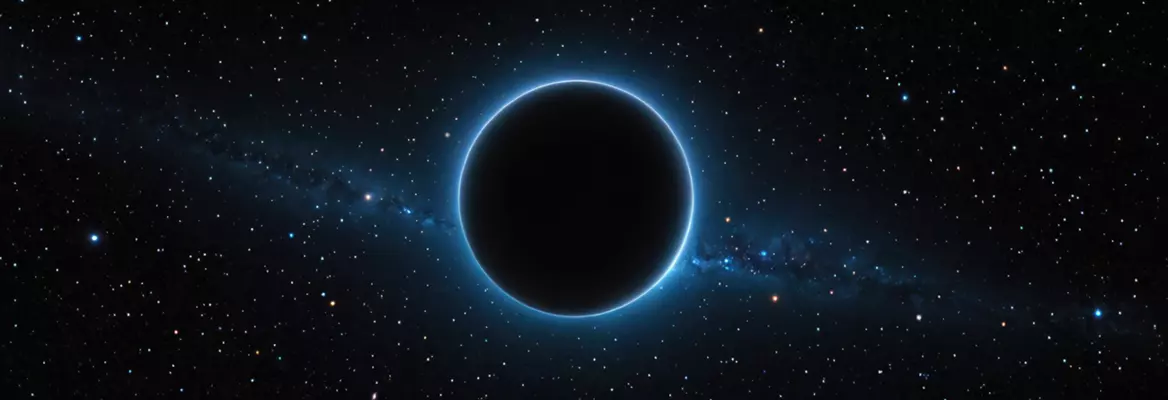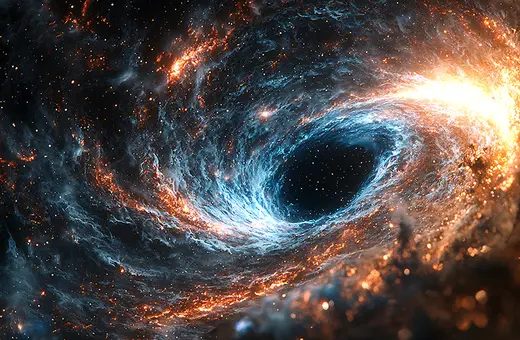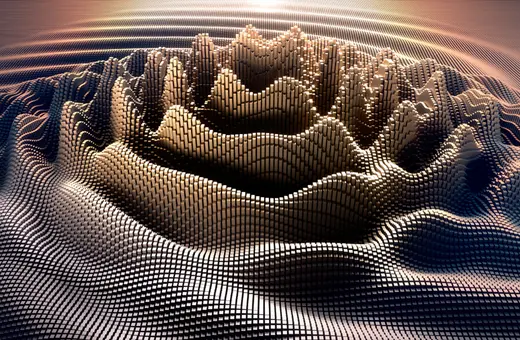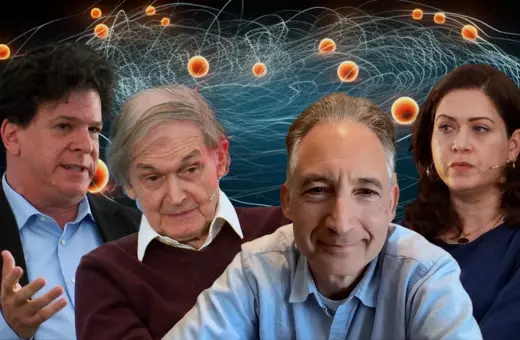The last century of cosmological discovery has revolutionised our understanding of the universe, but as with many things in science, our proposed solutions to problems often soon turn into problems in their own right. Take the physical impossibility of spacetime singularities, the bizarre behaviour of black holes, and the invisible “dark matter” needed to explain the cosmos; as examples of such modern cosmological problems. Phillip B. Levin though, here argues, that all three of these problems can be neatly solved if we consider a new model of black holes – a model where black holes have no singularity.
Over the last century, three questions have confounded the field of theoretical physics. What is the nature of the black hole singularity? What happens at the end of the evaporation process of a black hole? And what is dark matter?
There is remaining mystery in each question today. However, it turns out that all three questions can be connected by a surprisingly simple hypothesis: dark matter consists of the remnants of a very special kind of black hole – a black hole without a singularity – which formed in the very early universe. These nonsingular black holes evaporate like Stephen Hawking thought but then do something surprising: they stop heating up, instead cooling off to form remnants. Due to their special properties, these old and cold remnants may constitute all of the dark matter in the observable universe today, as explained in a new paper on the subject.
The first mystery concerns the nature of the singularity of a black hole. In 1915, Karl Schwarzschild discovered a solution to the Einstein Field Equations of General Relativity, describing a spacetime which contained two fascinating and unusual regions: the event horizon and the singularity. The event horizon marks a point of no return; any matter, as well as light, which crosses the horizon is forever trapped behind it, struggling with finite speed to escape the effect of infinite gravitation. The singularity, meanwhile, is the very region of infinite density and infinite gravity. An observer outside of the event horizon cannot see what lies on the other side and an observer who travels past the event horizon cannot return to tell the story of the singularity. It is no wonder that such a befitting name as “black hole” would occur to John Wheeler to describe Schwarzschild’s strange spacetime.
___
Albert Einstein argued that the presence of a singularity is deeply pathological for a physical theory, saying, “A singularity brings so much arbitrariness into a theory that it actually nullifies its laws.”
___
Indeed, the mystery of the black hole, especially the region of the singularity, has held a powerful allure, attracting many to wonder what happens at this special region of spacetime, where gravity becomes infinite. Theoretical physicists have accepted by consensus for some time now that the singularity indicates the breakdown of the classical description of the black hole, and to truly understand what’s going on we require a quantum theory of gravitation.





















Join the conversation